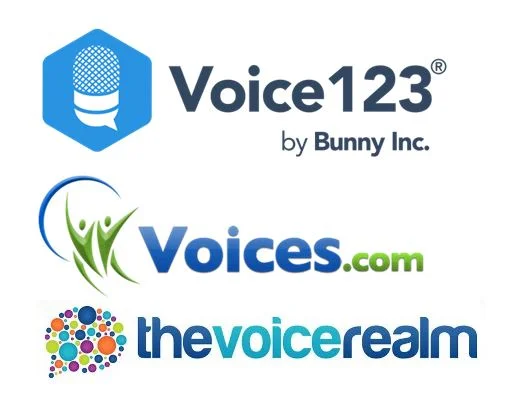I'll be totally honest in confessing that when I graduated from drama school, I thought I knew most of the basics for voice over acting. Though the actual amount of tuition we received probably amounted to around a week, we got to work with industry professionals on a number of different scripts. On reflection however, we'd only scratched the surface...
Viewing entries tagged
homestudio
Since making the jump to become a full time voiceover talent, the last few weeks have all been about finding the best way to utilise my time now I haven't the excuse of a day job to blame everything on. Like most forms of self-employment, the importance of imposing a structure, however fluid, has become my main priority in the subsequent days. Below is a rough example of a 'typical' day...
Is it possible to be a part-time VO?
That has been the question I've asking myself for a year, ever since I first started getting serious about setting up my own home studio and pursuing voiceover work myself...
Dealing with a wide variety of clients from many different countries, one of the exciting things about working as a voiceover artist is the range of material you get to voice. Being sadly mono-lingual, all of my work is english speaking, but quite often there are unique challenges to be faced when dealing with customers who are trying to deliver a product in a second language...
As an actor, my approach to a role varies according to the character I'm playing, the type of script I'm working with, the medium and the creative team. There is no 'one fit' solution. My training at the Royal Central School of Speech and Drama always placed emphasis on the word 'Central'. There was no one way to approach a role, but rather a huge number of techniques that could be drawn upon, a (central) synthesis or convergence of methodologies, depending on both the objective requirements of a part and the subjective element of what the actor responded to on any given day...
One of the first unfamiliar terms you will encounter when embarking on a voice over career is P2P, which stands for Pay to Play. Coming in a huge variety of forms, these are organisations who provide you with access to potential work, posting auditions and allowing you to create a profile from which employers can listen to your demos and contact you directly. P2P is in many ways the gateway drug for home voiceovers...
So, this is a quick and honest overview of how I invested in my first home studio set up.
I’m not extolling this to be the best way of going about it as quite a lot of the stuff I mention here you may already have or be able to improvise more cheaply. This is more an example of how someone (relatively) internet savvy went about getting everything together on a limited budget...
Picture the scene: I’m at home recording a voiceover for a brand new product that has already received a lot of interest as part of its Kickstarter campaign. The product is specialist, though anyone could use it and it offers a number of health benefits. The client (yeah, I even have clients now) has worked hard on the script and I manage to nail it on the first submitted take for a very healthy fee. The campaign is grounded in meticulous research, but the tone is humorous and fun. And perhaps necessarily so, because...









